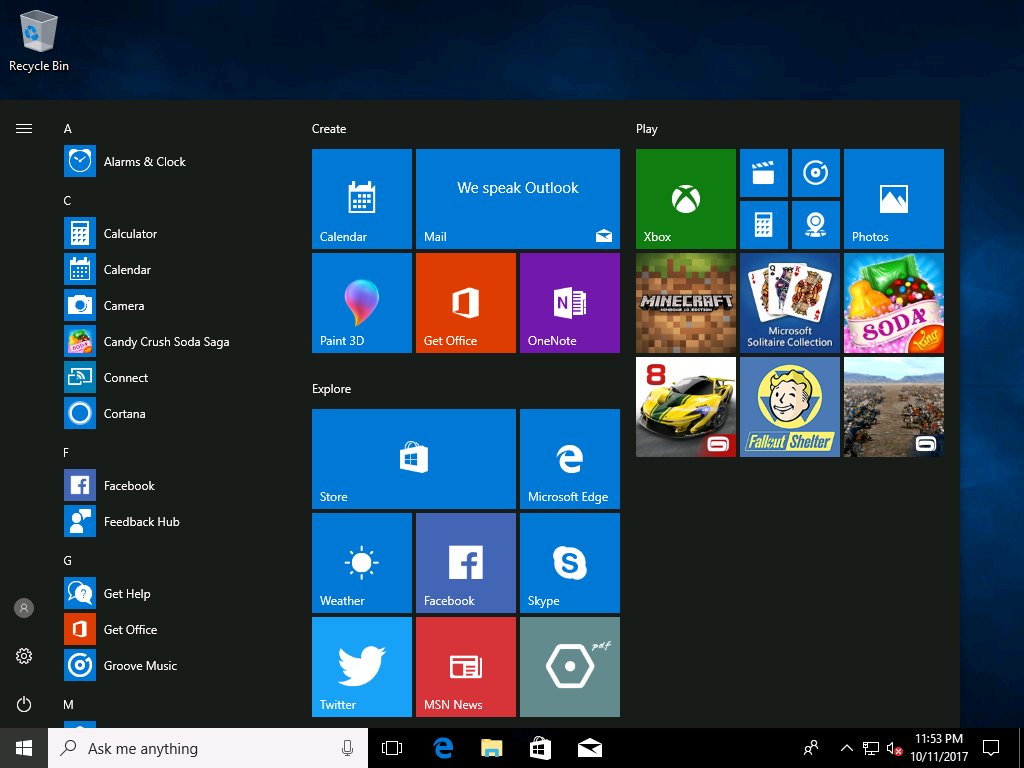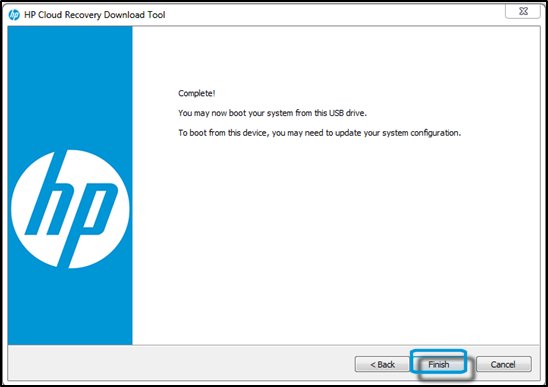


The Microsoft Windows 10 installation ISO is provided by an HTTP server and specified using a URL. The two compute nodes in the cluster are running on two physical servers. The cluster consists of three master nodes running as virtual machines on a Red Hat Enterprise Linux 8 (RHEL8) server. The environment used in this blog post consists of five nodes running as an OpenShift Container Platform (OCP 4.6) cluster. Please note that Microsoft is a registered trademark of the Microsoft Corporation. If an existing Microsoft Windows 10 image is available, see this blog post on the Creation of Windows Virtual Machines from existing VM images for information on how to install the needed drivers and how to get the image into an OpenShift Virtualization environment.

Although Microsoft Windows 10 was used in this blog post, the basic process should work for most operating systems that can be installed from installation media in an ISO format. This blog post runs through the process of creating a Microsoft Windows 10 image that can be used in an OpenShift Virtualization environment. In these situations, an image must be created. There may be several reasons for this: an image containing the desired operating system may not be available or maybe the available images do not have the application or configuration that all systems in your environment need. At times, it may not be possible to use a pre-existing image to deploy virtual machines (VM) in your OpenShift Virtualization environment.


 0 kommentar(er)
0 kommentar(er)
